European leaders are increasingly concerned about U.S. President Donald Trump’s unpredictable approach to the war in Ukraine, particularly after his October 17, 2025, meeting with Russian President Vladimir Putin and Ukrainian President Volodymyr Zelensky. Trump reportedly suggested that Ukraine cede the Donbas region to Russia, a proposition deemed unacceptable by Ukraine and its allies. This has sparked worries about the cohesion of Western support for Ukraine and the ramifications for future peace negotiations.
Amid uncertainties regarding U.S. backing, European nations are taking steps to enhance their long-term financial and military assistance to Ukraine. Upcoming summits in Brussels and London are expected to reaffirm this commitment. European leaders are contemplating a 19th sanctions package against Russia, potentially including a ban on Russian liquefied natural gas (LNG) imports by 2027. They are also discussing a €140 billion loan to Ukraine, funded by frozen Russian central bank assets, to support the country through 2026 and 2027. However, Hungary, led by pro-Russian Prime Minister Viktor Orbán, poses a significant hurdle, threatening to block these initiatives. In response, European officials are devising ways to bypass Hungarian opposition.
Additionally, France is advocating for investments in European and Ukrainian defense sectors, aiming to reduce dependence on American military support and bolster regional defense capabilities in line with European strategic interests.
As the conflict unfolds, disparities between U.S. and European strategies regarding Ukraine are becoming more evident. European leaders are working to unite their support for Ukraine while maintaining cohesion within the transatlantic alliance. The success of these diplomatic efforts will play a crucial role in shaping the conflict’s trajectory and the broader geopolitical landscape.
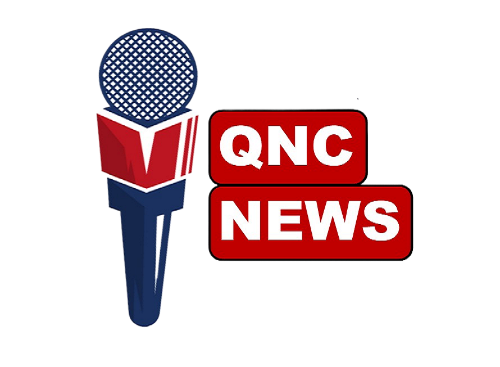
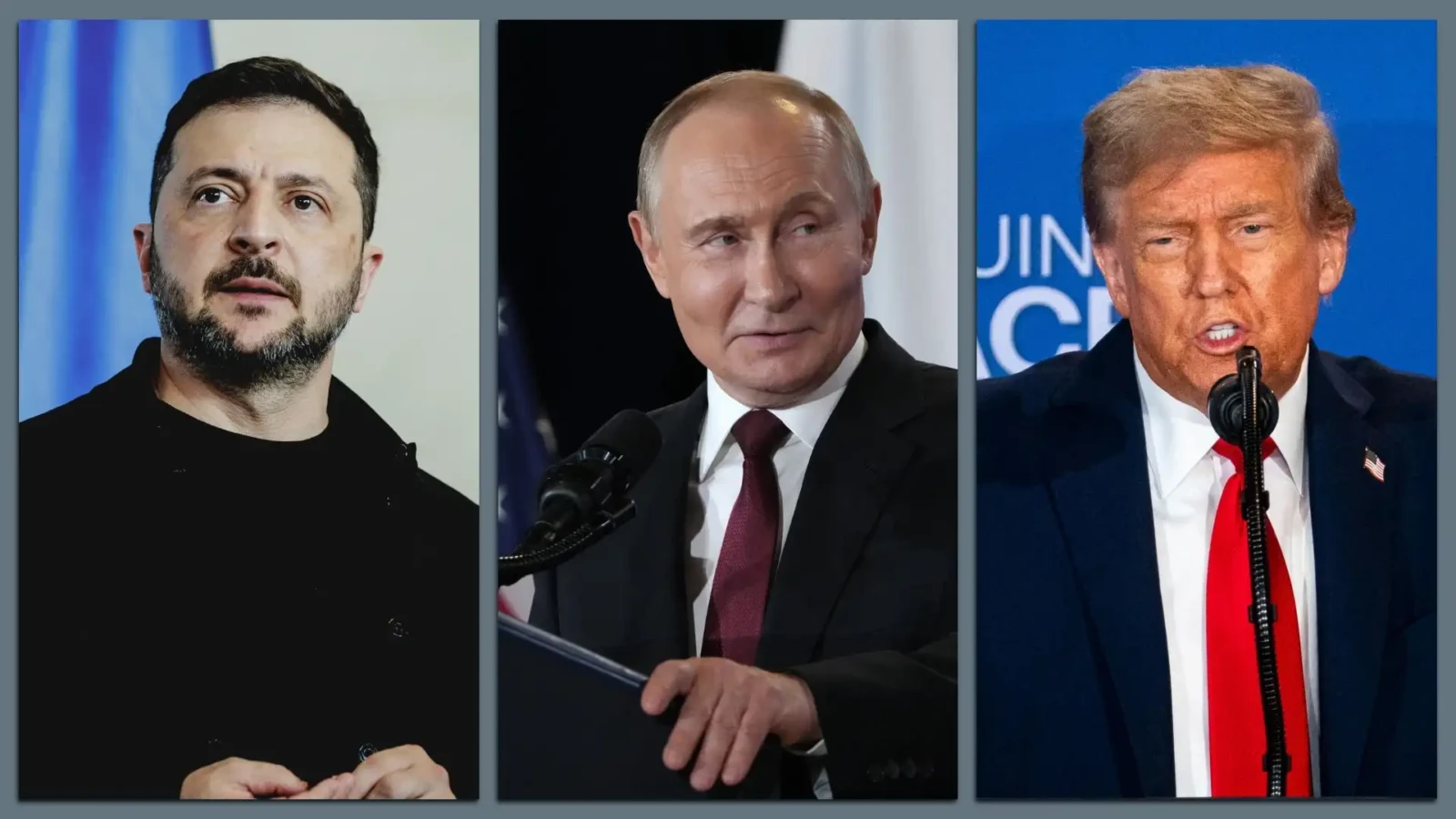

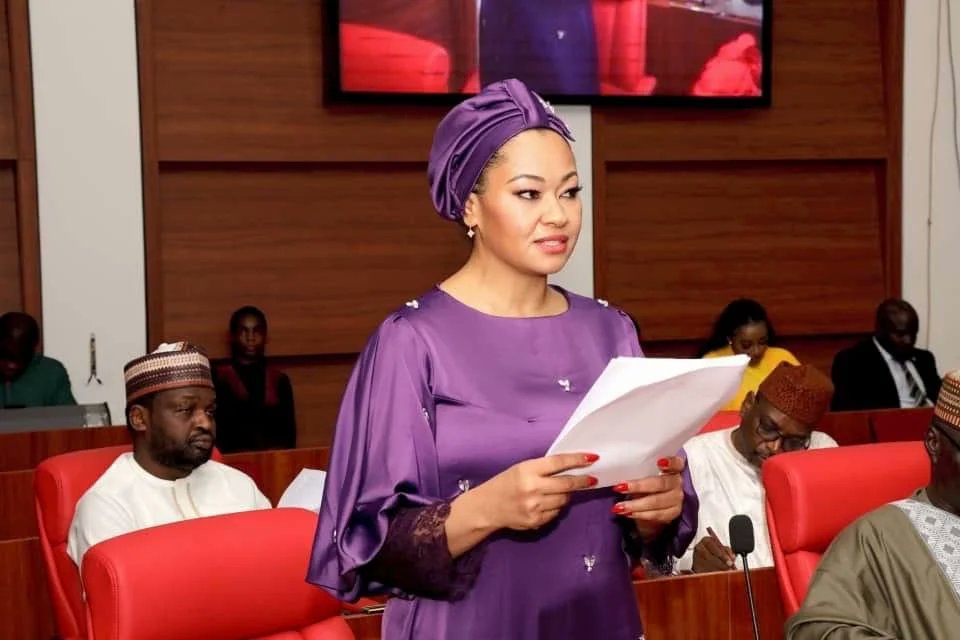
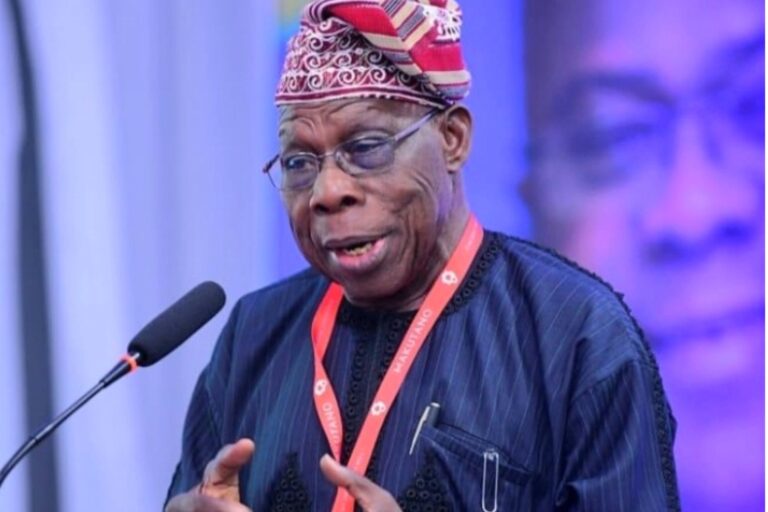
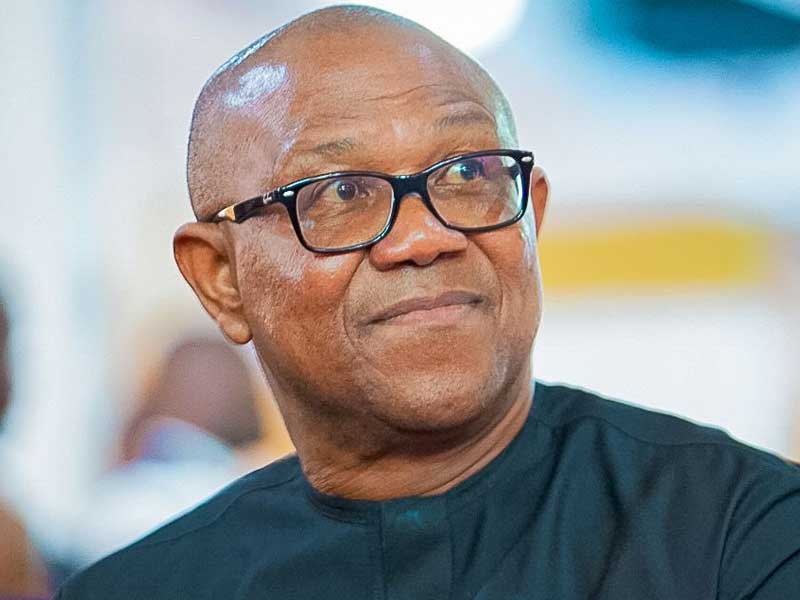
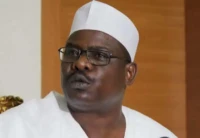
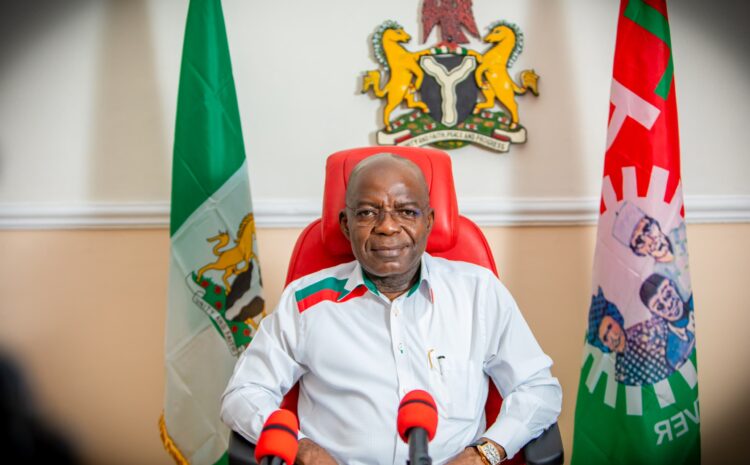
Leave a comment